talian purism, an artistic movement with a Catholic spirit, follows in the wake of the German Nazarene movement. It was created in 1833 by the Hellenist Antonio Bianchini, before being theorized in 1842 with the publication of the first official manifesto of the movement entitled Purism in the Arts. It is like their leaders, the Italian Tommaso Minardi (1787-1871) and the German Friedrich Overbeck (1789-1869), that the Purists show their admiration and turn towards the imitation of the primitives Italians, from Giotto to Raphael. Of Sicilian origin, it is between the Italian continent and his native island that Giacomo Conti worked throughout his life, from Naples to Florence without forgetting Siena. A painter with neoclassical training, he studied in Rome between 1834 and 1836 at the Saint-Luc Academy with the most important Italian painters of the first half of the 19th century, such as Francesco Coghetti and Francesco Podesti. Our sculptural line drawing illustrates the following verses: “He came down – through the gates – He stood, still looking at them: And his heart was bursting As if he were dead. » taken from the poem entitled Il Trovatore composed in 1824 by the Milanese romantic poet Giovanni Berchet (1783-1851).
Bibliography Caffort, M. (2009) Theory and practice of religious painting in the 19th century, (p.11). PURE. Bianchini, A. Overbeck, JF. Tenerani, P. (1842) Del purismo nelle arti. Bénézit, E. (1976) Dictionary of Painters, Sculptors, Draftsmen and Engravers (T.3)


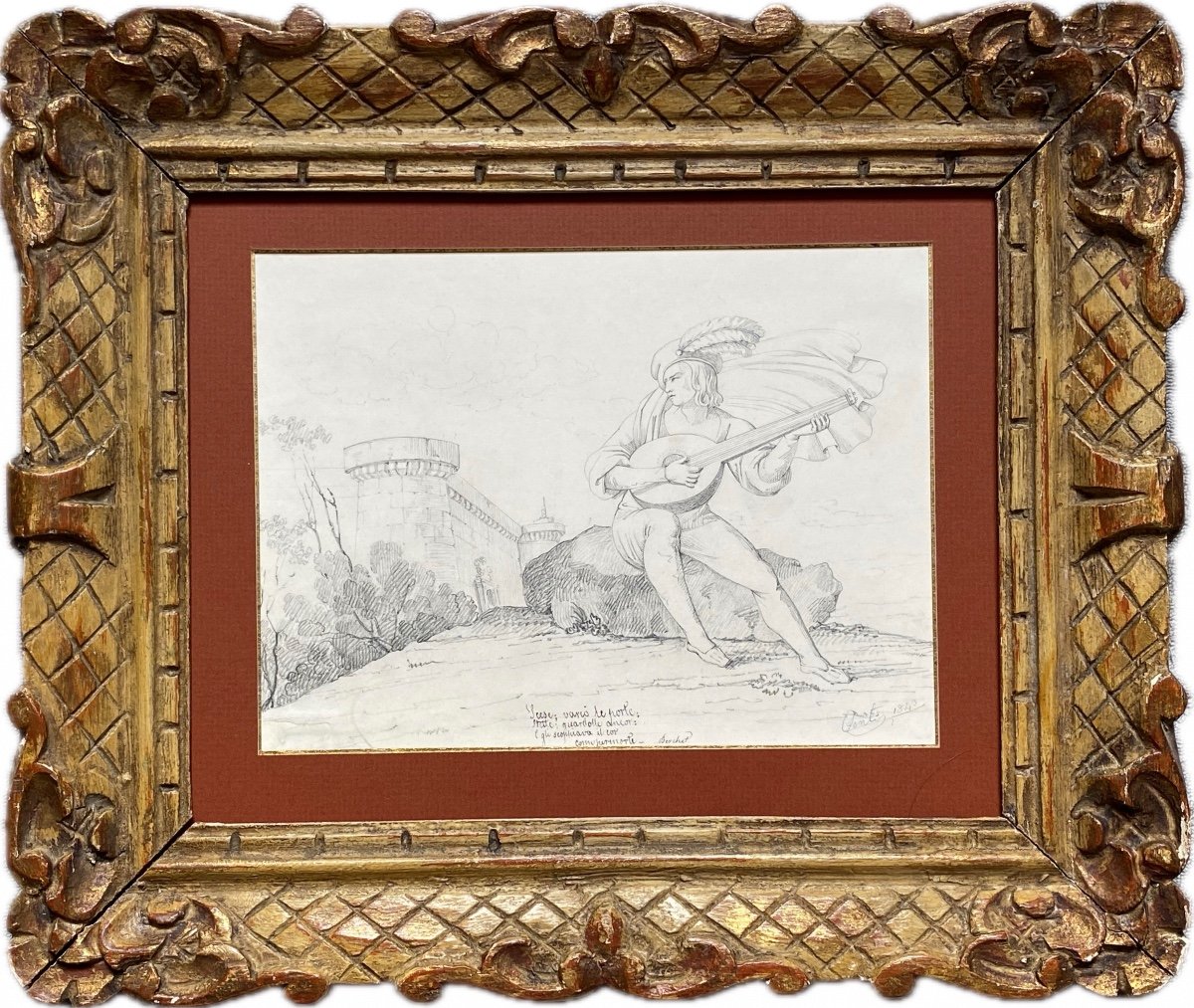
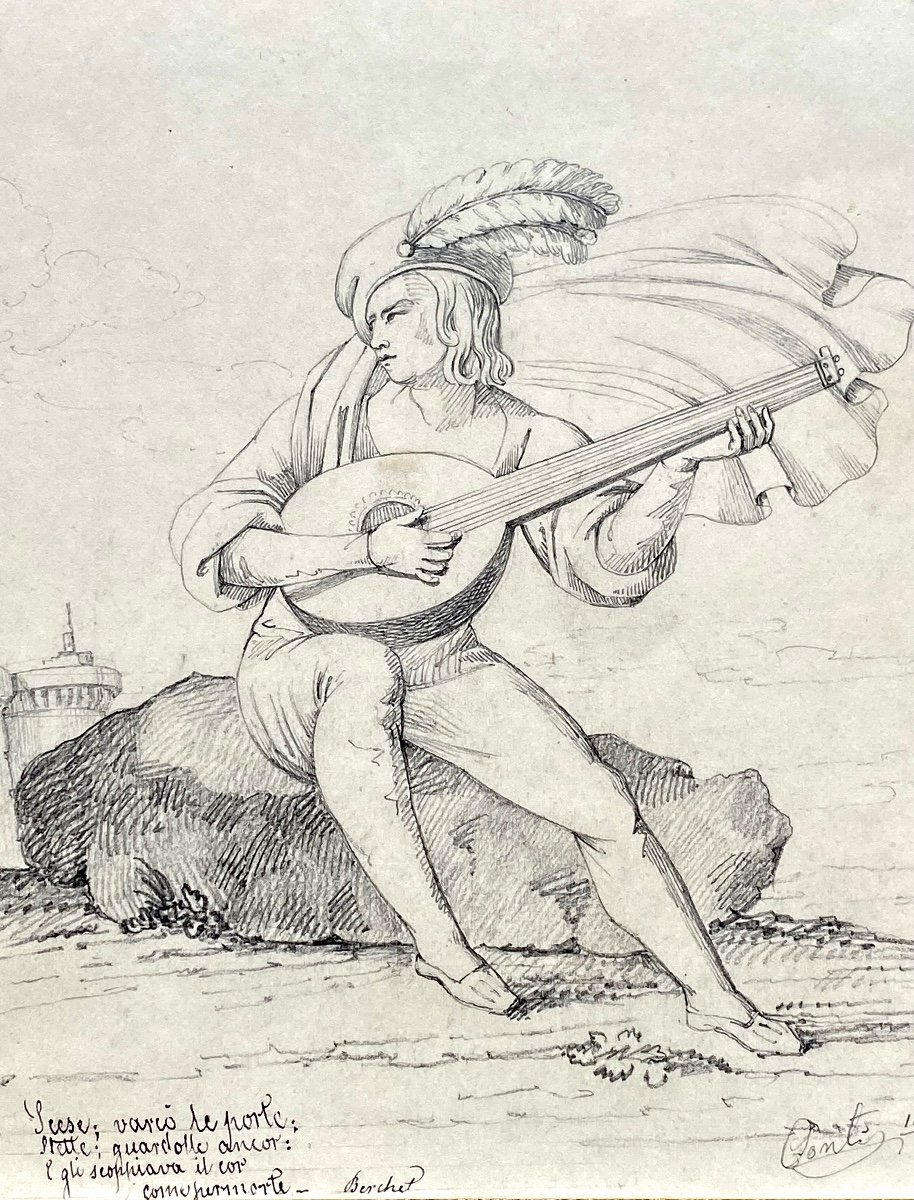
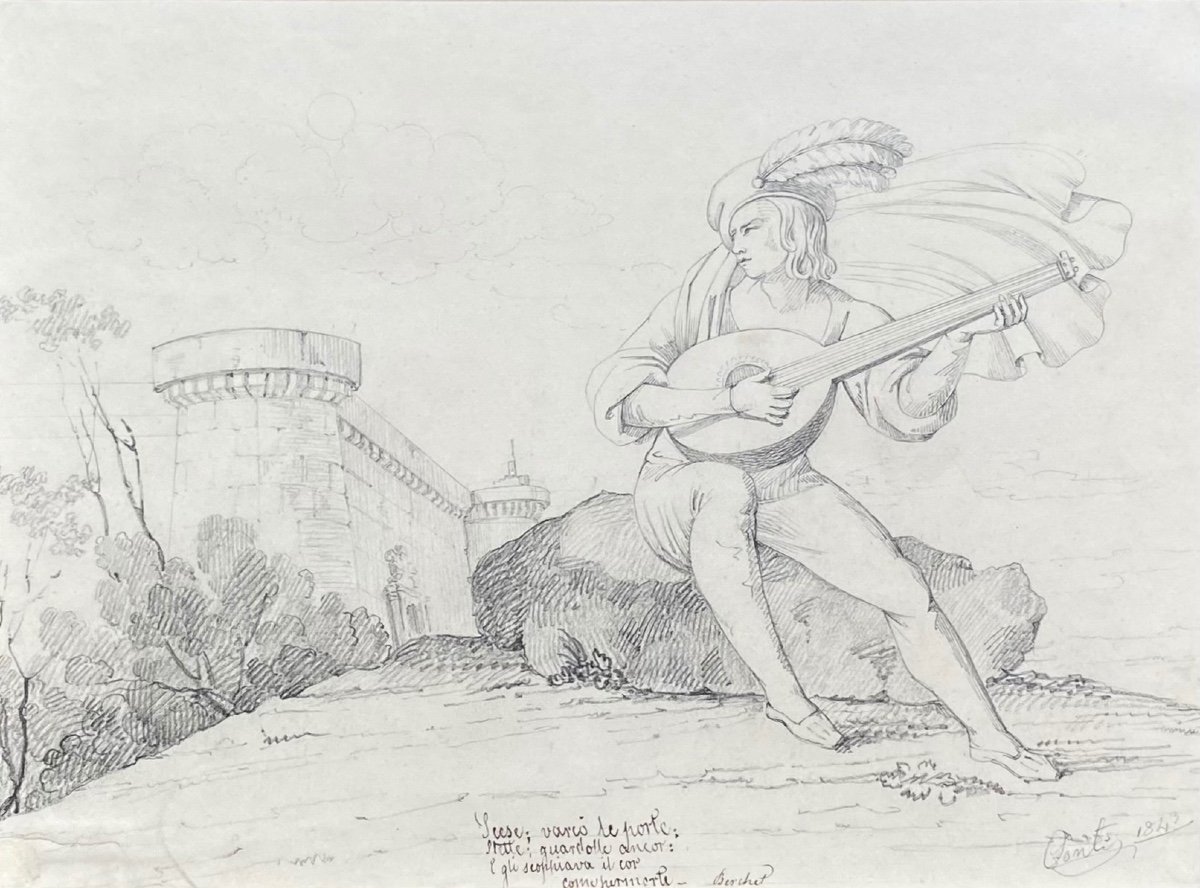






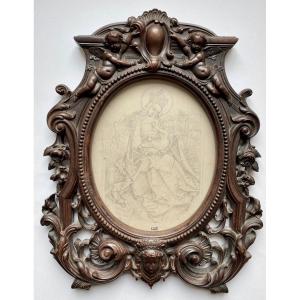

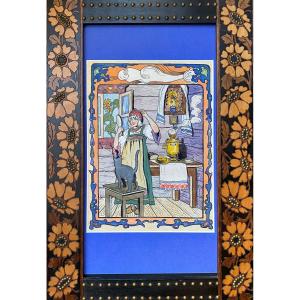
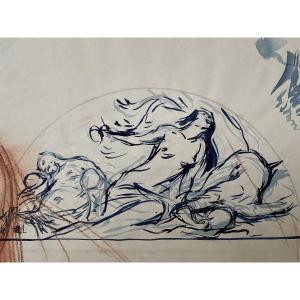

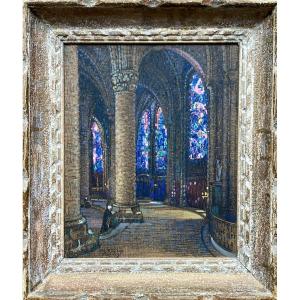
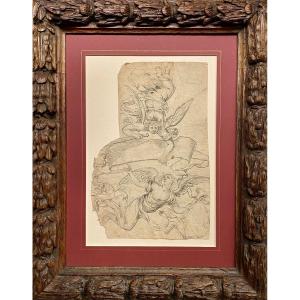


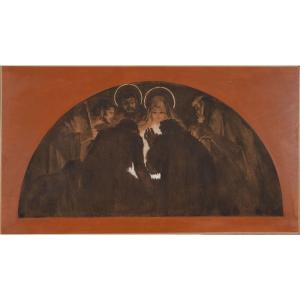
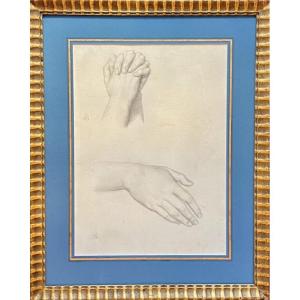
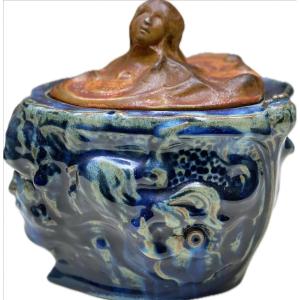
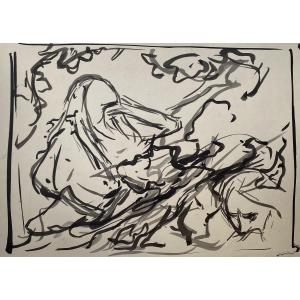
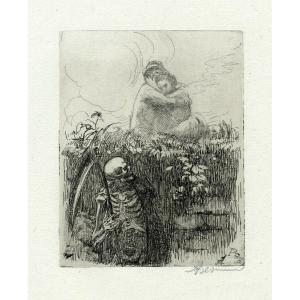

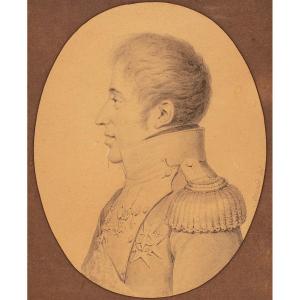
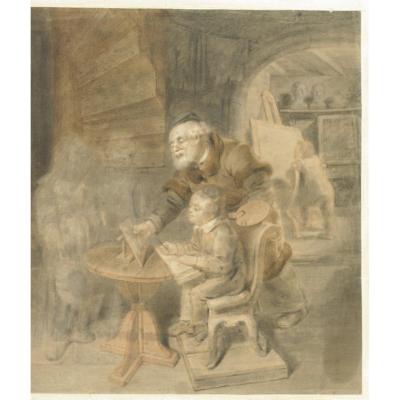

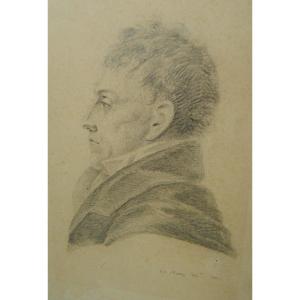




 Le Magazine de PROANTIC
Le Magazine de PROANTIC TRÉSORS Magazine
TRÉSORS Magazine Rivista Artiquariato
Rivista Artiquariato